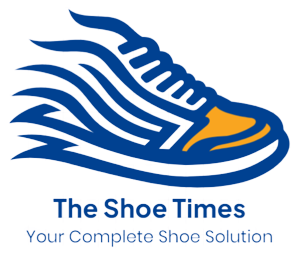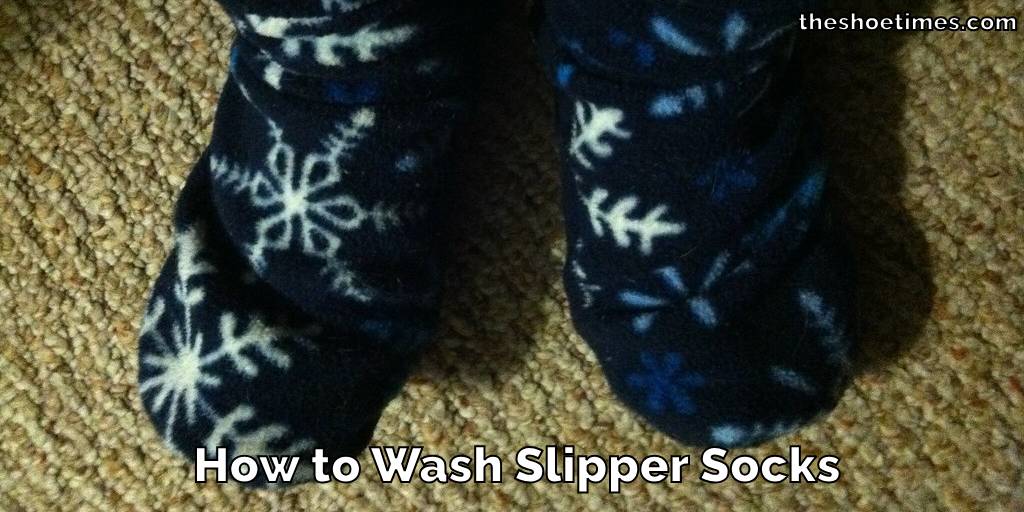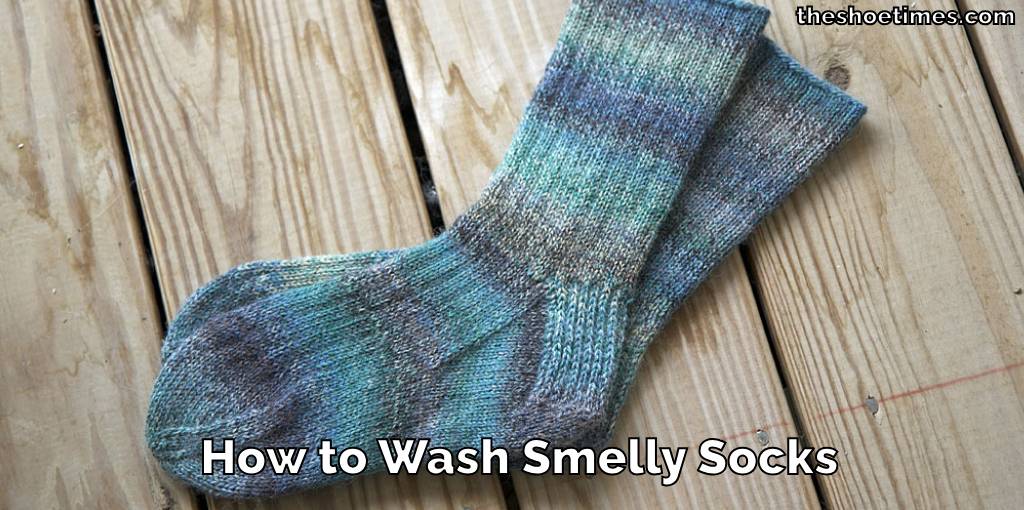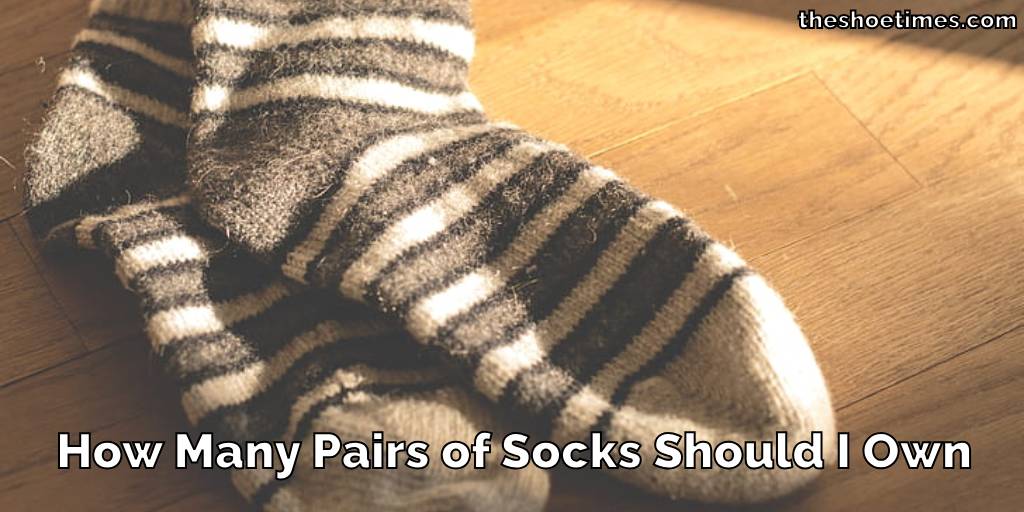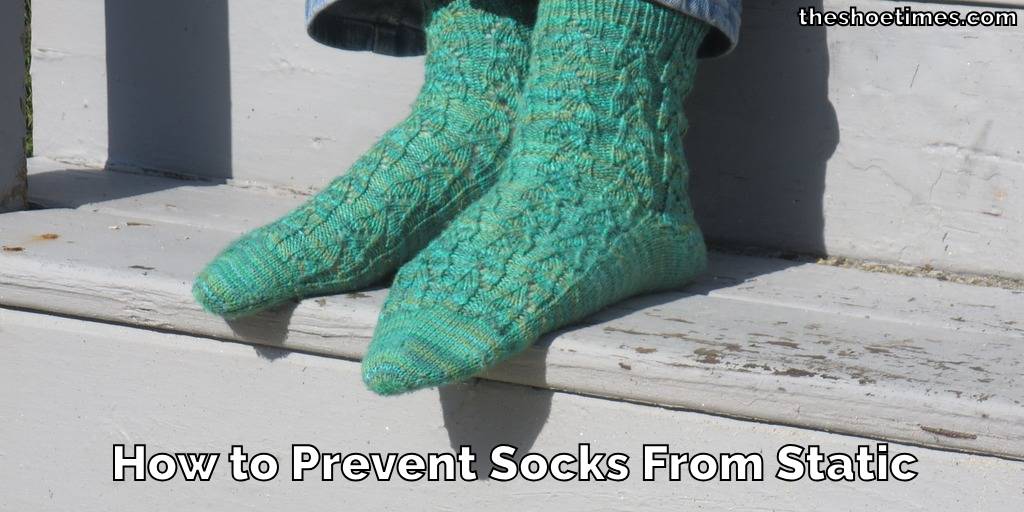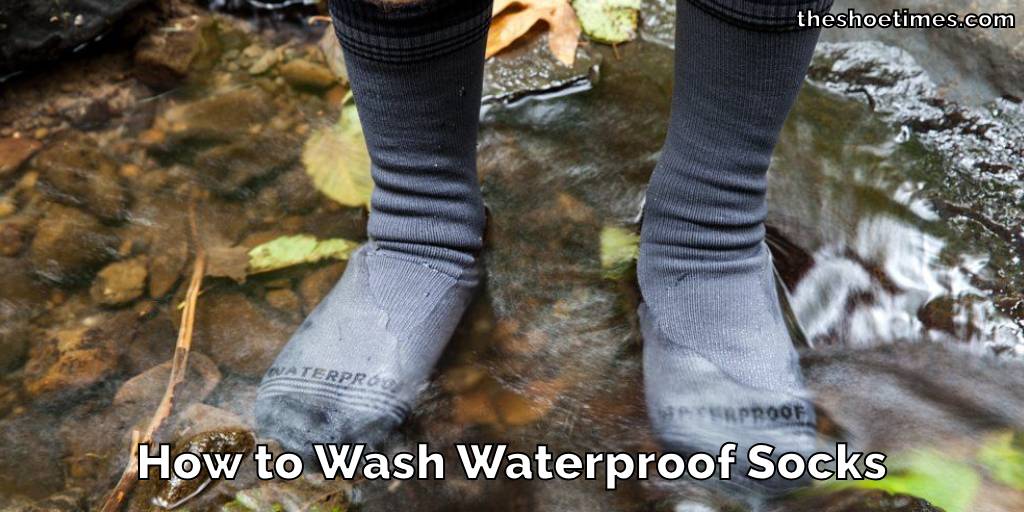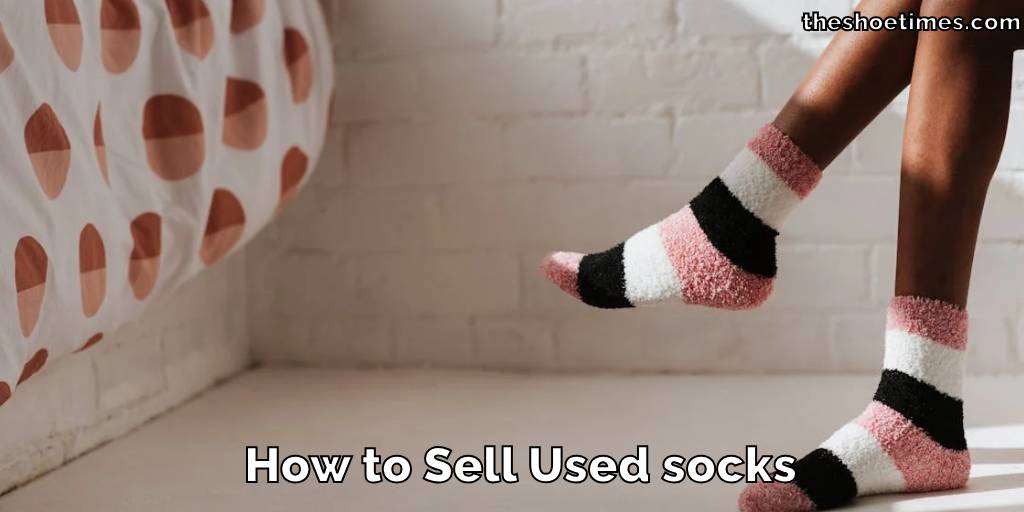Understanding the wear patterns on your shoes, such as those on your favorite running shoes or the elegant black dress shoes tucked away for special occasions, can offer a window into your foot mechanics and overall body alignment.
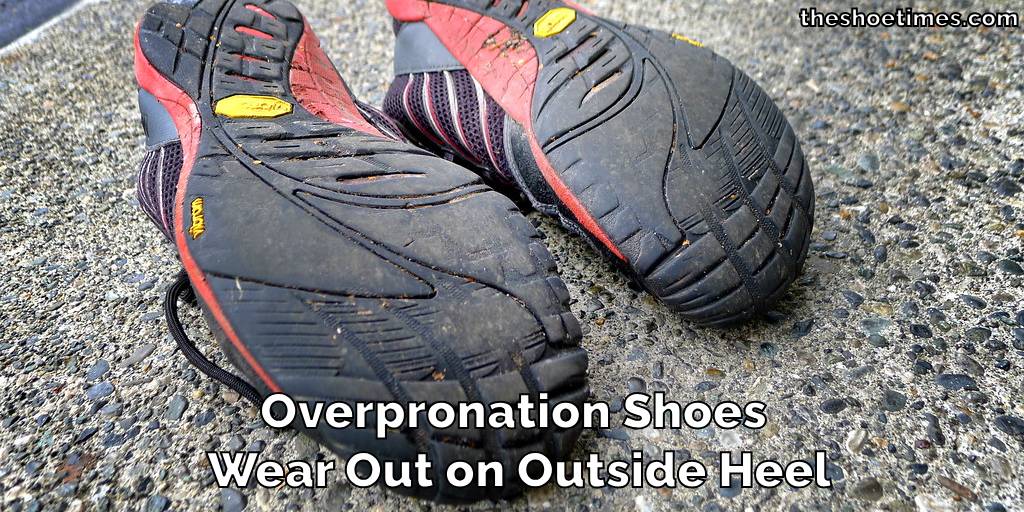
This guide will explore overpronation shoes wear out on the outside heel the reasons behind uneven shoe wear in overpronators and provide tips for selecting shoes that will enhance comfort and extend the life of your footwear.
What is Overpronation?
Overpronation occurs when your foot rolls inward excessively after hitting the ground, whether during a stroll or a sprint in your comfortable running shoes. It’s a natural motion to some degree, but when it’s overdone, it can lead to discomfort, knee pain, or even more serious injuries. Supination, or Pes Cavus, involves an outward roll of the foot, contrasting overpronation, and can also contribute to foot discomfort and issues like hip pain due to the imbalance in body weight distribution
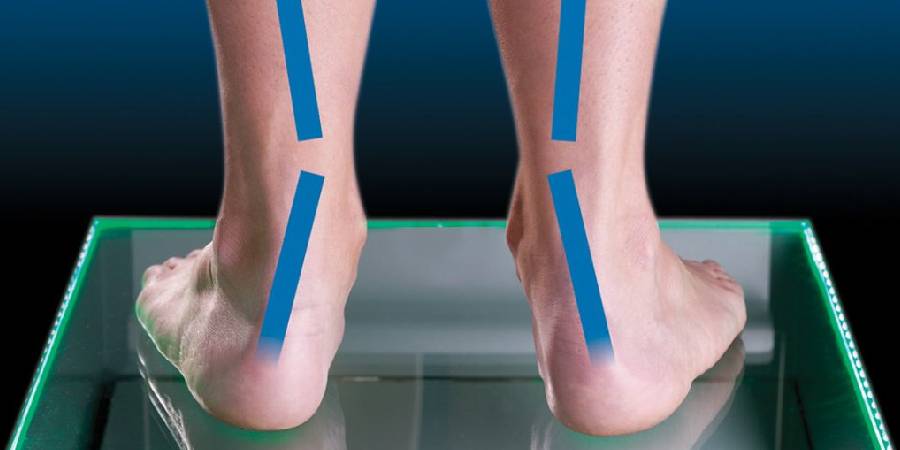
Both conditions stem from a combination of genetic predisposition, foot type, and often, the choice of footwear, which may not provide the necessary support or shock absorption. This lack of support can amplify foot misalignment, increasing the risk of injury and leading to excessive wear on your worn shoes.
The Impact on Footwear and Foot Health
The way your shoes wear down can tell a story about how you walk or run. For example, if the outer part of your heel is wearing down faster, it could mean your foot rolls inward more than it should. This isn’t just about your shoes getting worn out unevenly; it’s a sign that your foot’s movement might be off balance.
This kind of uneven wear can mess with the natural alignment of your foot, leading to aches and pains, and even causing problems like plantar fasciitis, which is a fancy way of saying the bottom of your foot hurts, or Achilles tendonitis, which means the back of your ankle is in pain.
Catching these wear patterns early is key. It’s like being a detective for your feet, figuring out the clues they’re giving about your health. Once you know what’s going on, you can take steps to fix it, like picking shoes or orthotics that offer the right support.
Orthotics are special inserts for your shoes that help correct your foot’s position. Choosing the right kind of support can help stop the pain and keep you moving comfortably, preventing further damage to your feet. It’s all about making smart choices to keep your feet happy and healthy.
Choosing the Right Shoes for Overpronation
Choosing the right shoes when you’re dealing with overpronation is more than just picking a pair off the shelf. It’s about finding shoes that give your feet the specific kind of support they need to keep you moving comfortably and safely. Here’s what to look out for:
Arch Support
Your shoes should have good arch support that fits the natural shape of your foot. This helps distribute your weight more evenly and supports your foot’s natural way of moving.
Firm Midsole
A solid midsole is your friend because it stops your foot from rolling inward too much (that’s the overpronation part). It acts like a stabilizer for your foot.
Wide Base
A shoe with a wider bottom offers more balance. It’s like having a broader foundation that helps keep your ankles from rolling, which can be a game-changer if you’re prone to twists and sprains.
Heel Support
Look for shoes that support your heel well. This helps manage the inward rolling of the heel, making your steps feel more secure.
Fit
The fit of your shoe is super important. You want enough space so your toes aren’t squished, but you also need the shoe to be snug around your midfoot and heel. This balance helps prevent extra movement inside the shoe that could make overpronation worse.
When you’re shoe shopping, don’t shy away from asking for advice from the experts in the store. They can point you to the best options for your feet. And here’s a pro tip: try shopping for shoes later in the day when your feet are a bit swollen. This ensures you get a fit that’s comfortable all day long.
Conclusion
The paradox of overpronation shoes wearing out on the outside heel highlights the complexity of foot mechanics and the importance of understanding your own foot’s needs. By recognizing the signs of overpronation and supination, engaging in targeted exercises, selecting the appropriate orthotics, and choosing the right footwear, you can significantly improve foot health, comfort, and the longevity of your shoes.
Remember, the key to managing overpronation doesn’t just lie in the type of shoes you wear but in a holistic approach that encompasses exercise, proper footwear selection, and possibly the use of orthotics. Prioritize your foot health to enjoy pain-free movement at every step.
Read Also- How to Measure a High Heel Shoe
How to Wash Slipper Socks
Slipper socks are a cozy blend of comfort and warmth, perfect for lounging at home….
How to Wash Smelly Socks
Dealing with smelly socks is a common household challenge, but it doesn’t have to be…
How Many Pairs of Socks Should I Own
Deciding on the number of socks to own can surprisingly stir up quite the debate….
How to Prevent Socks From Static
Static cling can be a minor annoyance or a constant frustration, especially when it comes…
How to Wash Waterproof Socks
Washing waterproof socks properly is essential to maintain their effectiveness and durability. Whether you’re an…
How to Sell Used socks
Looking to declutter and make some extra cash? Selling used socks is a unique way…
